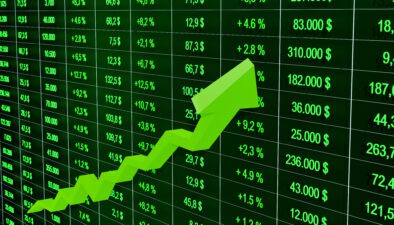Canadians are increasingly responsible for creating their own retirement fund.
Changing times
In the past most people found good full-time jobs right out of college or university. Companies offered attractive defined-benefit pensions and decent health coverage.
Today, contract work is common, and the emergence of the gig economy has more people working for themselves. Even when a permanent position is secured at a firm, most pensions are now defined-contribution plans.
This means the risk for the retirement payout shifts from the employer to the employee. Income from the pension at retirement depends on how much the fund grows, rather than being guaranteed.
RRSP and TFSA
Retirement income typically comes from a mix of personal and government pensions. Traditionally, most people receive payments from a company pension, CPP, and OAS.
Another source would be savings in RRSPs. These grow tax-free while held inside the RRSP but are taxed as income when withdrawn. The RRSP must be converted to an RRIF before the end of the year you turn 71. Afterwards, a minimum amount must be paid out each year.
Contributing to an RRSP remains a good option. Canadians can put 18% of their annual income, up to a maximum of $27,230 for 2020, into the RRSP. The contributions reduce taxable income, which is particularly attractive for people in higher tax brackets.
The TFSA is another savings option. Initiated in 2009, the TFSA currently has cumulative contribution space as high as $69,500 in 2020. The TFSA provides more flexibility than the RRSP regarding withdrawals. No gains generated inside the TFSA are taxable, and no tax is paid when profits are removed.
How to retire rich
Creating a $1 million wealth fund might sound impossible, but many long-term investors have managed to do it with relatively modest initial investments.
The secret lies in the power of compounding. Investors who purchase shares of top-quality dividend stocks can use the distributions to buy more shares. The best companies raise their payouts steadily over time and the compounding effect really ramps up as a result.
Let’s take a look at one top Canadian stock that has delivered fantastic results over the years and should still be a solid pick for a balanced retirement fund.
CN
Canadian National Railway (TSX:CNR)(NYSE:CNI) became a publicly traded company in 1995. Since then, the stock has delivered great returns for investors.
CN is effectively the backbone of the Canadian and U.S. economies. The tracks run from the Pacific to the Atlantic in Canada and right down through the middle of the United States to the Gulf coast. As a result, customers can ship raw materials and finished goods to local distribution hubs in major economic centres.
The company is very profitable and generates enough free cash flow to pay for essential investments in network upgrades. CN is also generous with its dividends. The company’s compound annual dividend-growth rate over the past 25 years is about 16%.
A $5,000 investment in CN just 20 years ago would be worth more than $120,000 today with the dividends reinvested. A $50,000 investment would be worth $1.2 million!
The bottom line
There is no guarantee CN will deliver the same results in the next two decades, and diversification is always recommended. Owning stocks comes with risks, but the strategy of holding shares of the best businesses and using dividends to buy new stock is a proven one over time.
The TSX Index is home to many top companies that are industry leaders and have strong track records of dividend growth supported by rising revenue and profits.







